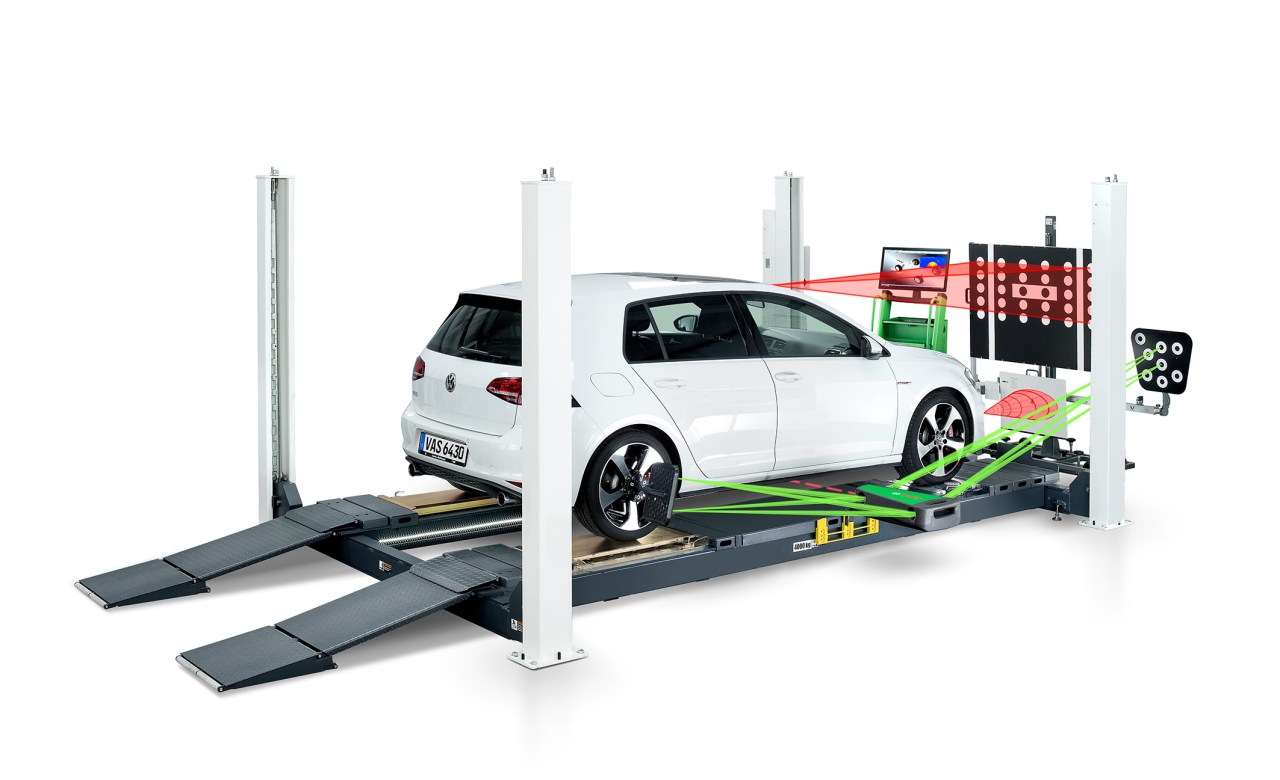As we forge ahead into the future driven by technological advancements, automated vehicles are emerging as a centerpiece of innovation. However, the success of these autonomous systems heavily depends on the unsung heroes of modern engineering: sensors. These components serve as the “eyes” of vehicles, enabling a plethora of features from Advanced Driver-Assistance Systems (ADAS) to aspirations of complete autonomy. Yet, have we truly grasped the intricacies involved in ensuring these sensors function with pinpoint accuracy? This article delves into the significance of optimized sensors in automated vehicles and the pressing need for robust calibration practices.
The Critical Role of Sensors
Today’s vehicles are embedded with an array of sensors that facilitate a range of functionalities. Here are some key roles of sensors in driving automation:
- Obstruction Detection: Sensors help identify obstacles in real time, guiding automated braking systems to prevent collisions.
- Lane Keeping: They ensure that vehicles remain centered in their lanes, making driving safer even in challenging conditions.
- Adaptive Controls: Sensors enable vehicles to adjust their speed depending on real-time traffic conditions.
With such significant responsibilities, it is evident that a malfunction or miscalibration could yield disastrous outcomes. Imagine driving a car that suddenly swerves due to inaccurate sensor readings; the consequences could be catastrophic, not only for the passersby but also for the occupants within the vehicle.
The Calibration Conundrum
Incorrectly calibrated sensors can lead to a spectrum of malfunctions. The deterioration of calibration can arise from mundane factors such as changes in temperature or vibrations to more severe disruptions like accidents or replacements of faulty parts. Unfortunately, the industry’s inertia towards addressing sensor calibration is alarming. Most contemporary calibration solutions either opt for economically simpler configurations or rely on maintaining initial factory settings without due diligence.
Current Calibration Landscape
Many fleets utilize sensors that can perform intrinsic calibration autonomously. However, the challenge lies predominantly in extrinsic calibration—ensuring that multiple sensors work in harmony. As vehicle design becomes increasingly intricate and sensor-dependent, maintaining a high level of calibration accuracy grows more complex.
Innovative Approaches to Calibration
Academia is striving to bridge the gap in sensor calibration through innovative methodologies. The University of Toronto’s STARS Lab and Stanford’s driving team are experimenting with real-time self-calibration methods, capitalizing on ground truth data from tools like IMUs and GPS to continually refine sensor calibration parameters. In stark contrast, the Takeda Lab at Nagoya University is concentrating on the development of open-source calibration metrics to facilitate standardization across the industry.
Industry Innovations
Sensor hardware suppliers have begun recognizing the importance of calibration as well. Companies like AEye are attempting to make sensor designs less reliant on regular calibration. Here’s how:
- Integrated Self-Calibration: AEye’s sensors can invoke self-calibration processes autonomously, streamlining maintenance.
- Robust Design: By utilizing solid-state technology over traditional rotating sensors, manufacturers can enhance reliability and reduce maintenance needs.
Aftermarket Solutions and Opportunities
As the automotive world evolves, so too must the strategies for sensor calibration. Traditional maintenance shops often lack the requisite equipment and training necessary to perform calibration reliably. This presents a vital opportunity for companies like Bridgestone, which may leverage their resources to create specialized AV maintenance hubs, ensuring that vehicles are calibrated with precision.
The Road Ahead
To truly realize the potential of automated vehicles, collaboration is crucial. OEMs, suppliers, fleet operators, and innovators must unite to enhance sensor calibration technologies and practices. This journey will require embracing automation and establishing common standards across the industry.
At fxis.ai, we believe that such advancements are crucial for the future of AI, as they enable more comprehensive and effective solutions. Our team is continually exploring new methodologies to push the envelope in artificial intelligence, ensuring that our clients benefit from the latest technological innovations. For more insights, updates, or to collaborate on AI development projects, stay connected with fxis.ai.
Conclusion
The future of automated vehicles is not just a high-tech dream; it is an impending reality. However, as we move toward a more automated society, the challenge of sensor calibration looms larger. The trajectory of sensor technology will not only dictate vehicle performance but will ultimately shape the safety of our roads. Let us prioritize robust sensor calibration to harness the full potential of automated innovations.

